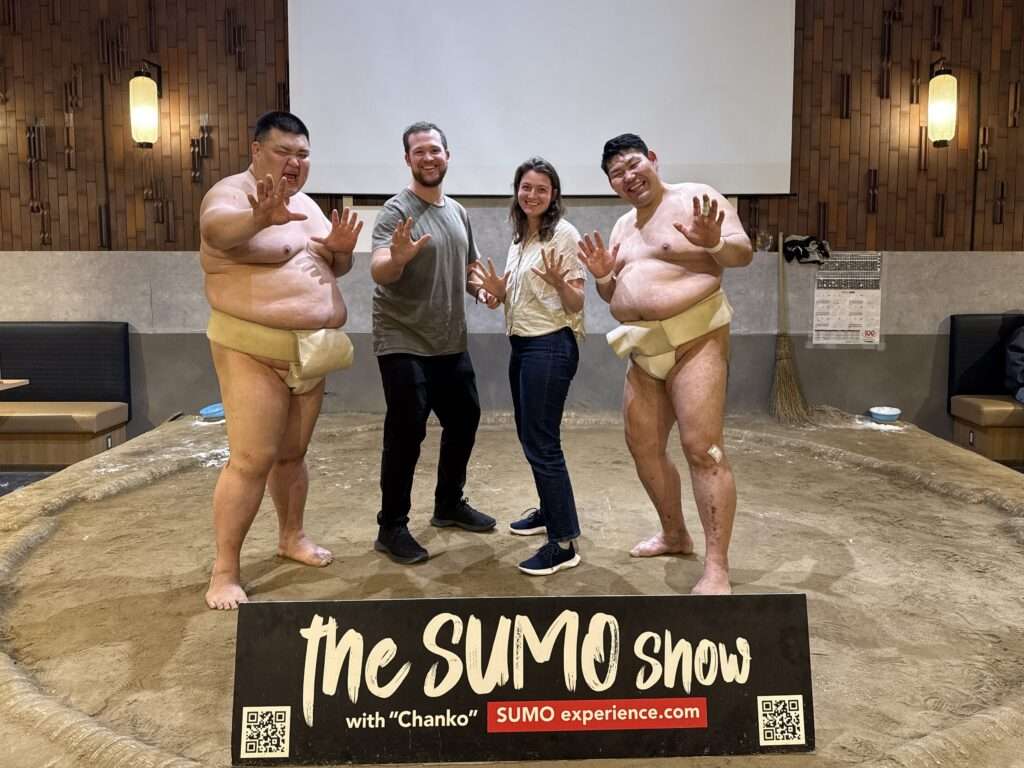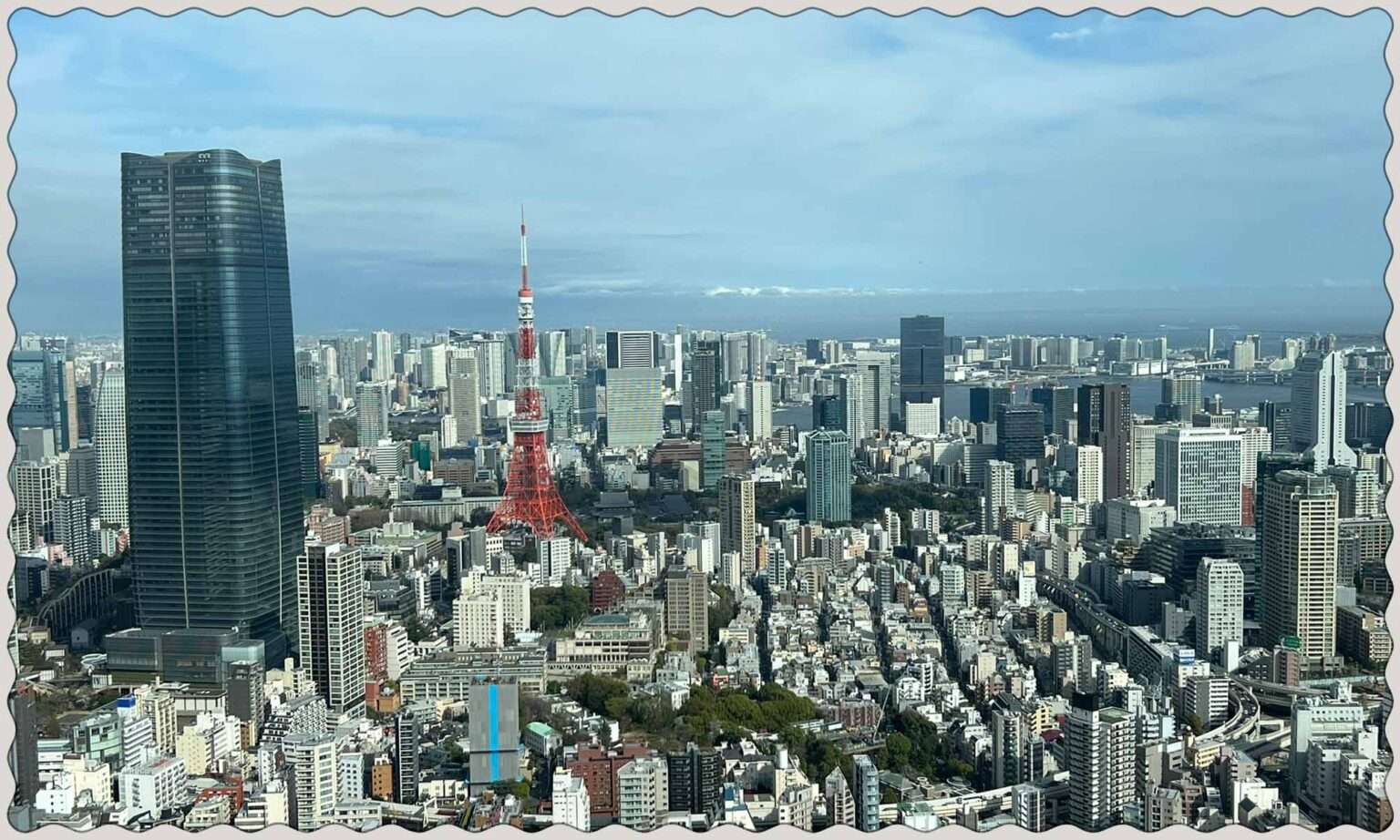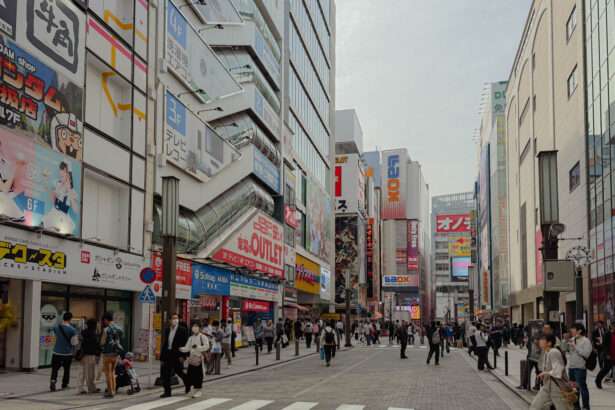The Tokyo metro area is the largest in the world, with over 40 million people living in or around Japan’s capital city. Given its enormous size, the city is a mix of culture from all over Japan and the world. Tokyo, Japan is known for its fashion, shopping, world class dining, and endless urban activities. These activities encompass the traditional aspects of Japanese culture such as historic temples to the ultramodern such as the endless stretch of towering skyscrapers.
Destination Overview
Tokyo, Japan
There is so much to do in Tokyo that an entire trip to Japan could easily be spent exploring the different wards of the city. The city’s train system is efficient and timely, making it a preferred way for getting around this incredible place.
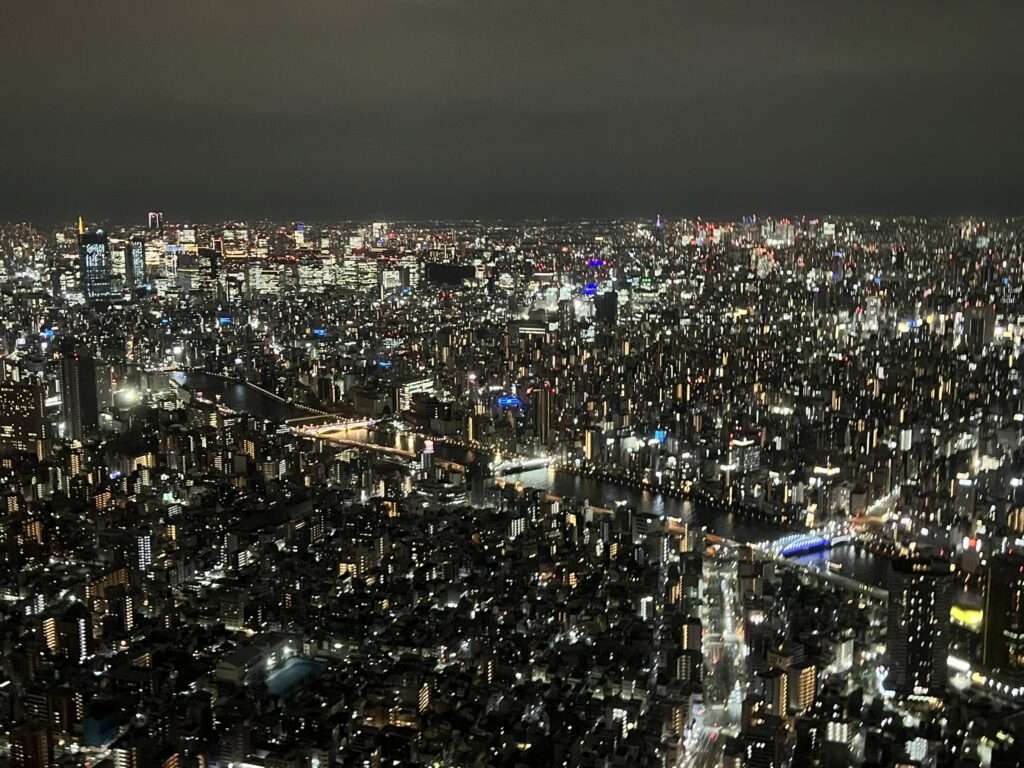
Upon arriving at Narita International Airport it was a little intimidating being in a country where we could not speak the language. Luckily for us many of the signs had English translations, and there were a few visitor areas at the airport to assist with any initial questions. One of the first things we realized was that Japan is a heavily cash based society as even loading our Pasmo metro card to take the train to the city required it to be done with cash. After getting the metro card sorted out, we made our way to a direct train to the city center. The train station and car were so clean, and even though the train was filled everyone was quiet and polite. Similarly on our walk from the train to our accommodation the streets were spotless, and even though there were cars and people on the streets it was a peaceful quiet. It was our first introduction to the care that the Japanese take for their country.
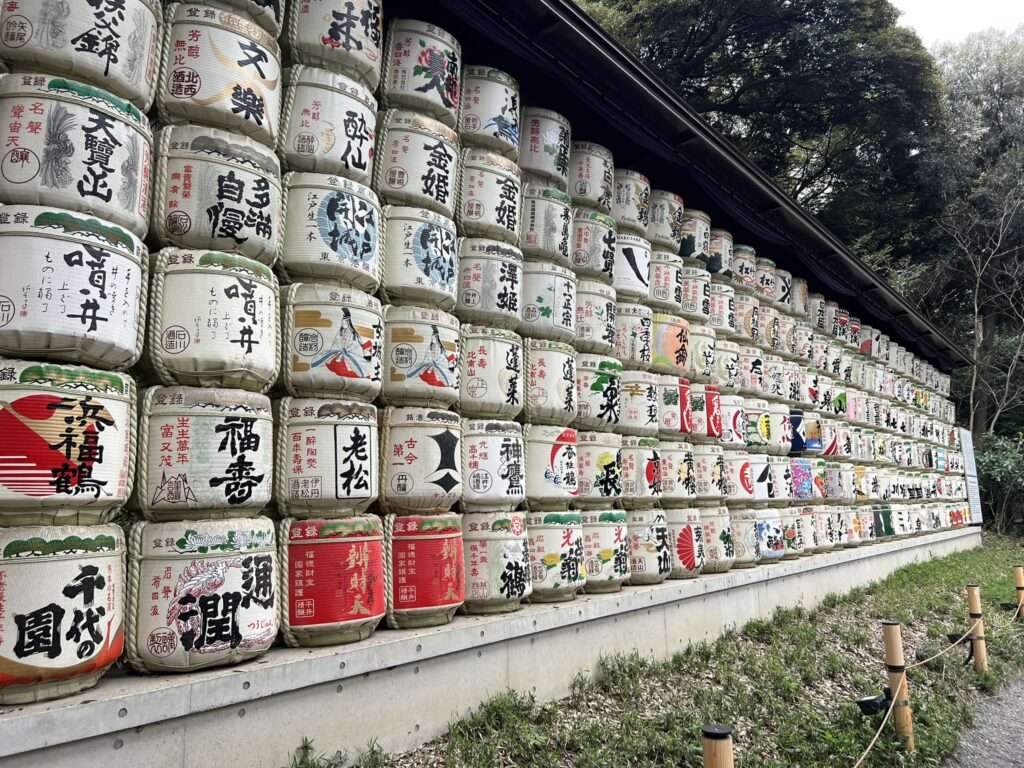
On the way to the hotel we stopped in a 7-Eleven, the most popular convenience store in Japan, and picked up our first of many sushi meals to bring back to our room. Our hotel check-in was using a kiosk system and it was remarkable how seamless the process went. It was the first of many times we would use a kiosk to effortlessly complete tasks. Even more interesting was that people had left their bags in the lobby in nothing other than a roped off area indicating a low risk of theft. Since we were visiting during peak Sakura (Cherry Blossom) season and booking last minute we ended up in a compact business hotel. Even though the room was tiny, it was amazing how well designed the space was to comfortably fit us and our belongings. The toilet was a highlight of the room, including a heated seat option along with full bidet capabilities. We soon would realize the high bathroom standards were not just for hotels but for all over the country. Within our first few hours of arriving in Japan we were already impressed with the experience and could not wait to begin exploring Tokyo.
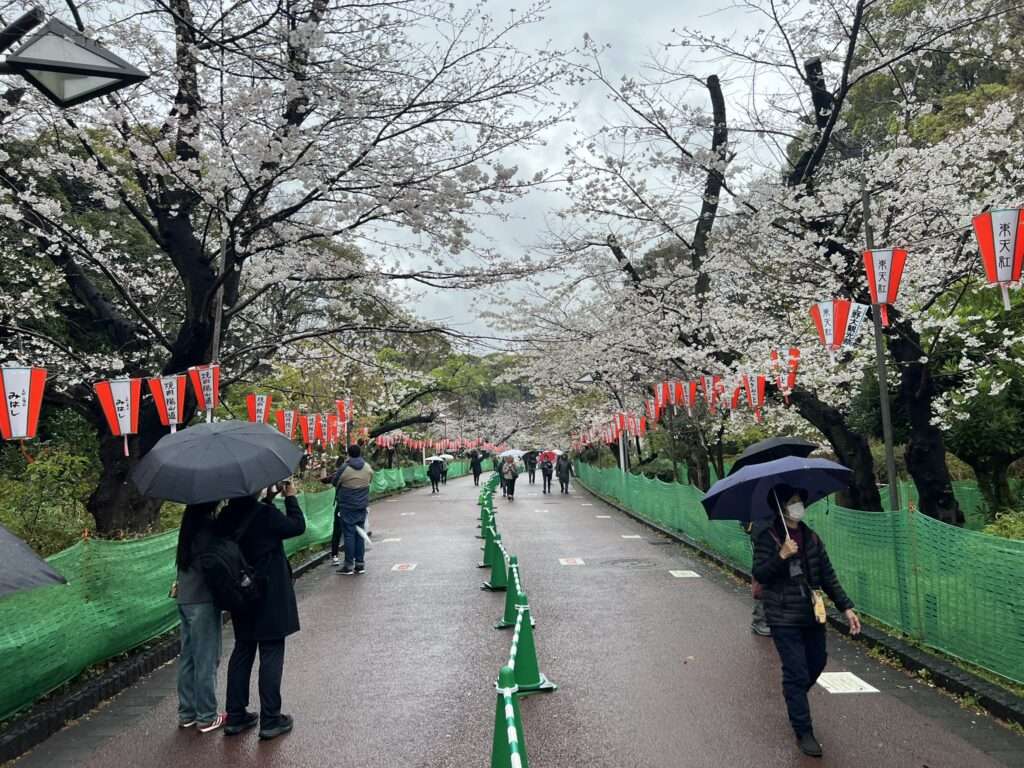
Where to Read More
The Best 5 Day Tokyo Itinerary for An Introduction to the City
A 5 day Tokyo itinerary that highlights the top things to do and neighborhoods to explore throughout the year, even cherry blossom season.
Best Thing I Ate This Week
Japanese Restaurants Often Specialize in One Type of Dish
A meaningful part of Japanese culture is attention to detail, dedication to one’s craft, and continuous improvement. These aspects are applied across various aspects of people’s lives, but as foreigners we had a hard time grasping the extent to which this is applied in the hospitality industry. We have been to many places where there is a clear differentiation between restaurant quality, ranging from amazing meals to absolutely terrible experiences. In Japan and Tokyo, it seemed like every street was lined with restaurants and people enjoying a nice meal. Many of these locations were not searchable online, and besides not knowing if they would be good, we had a hard time even knowing what they were selling. However, many people assured us that in Japan, the majority of places that you will eat at will be terrific, and it would be incredibly difficult for visitors to tell the difference between amazing and good food because the quality is just that high. While the city does have nearly 200 Michelin Star restaurants, we were told the other nearly 160,000 restaurants can give an incredibly memorable experience without the hassle of the tough to get reservations.
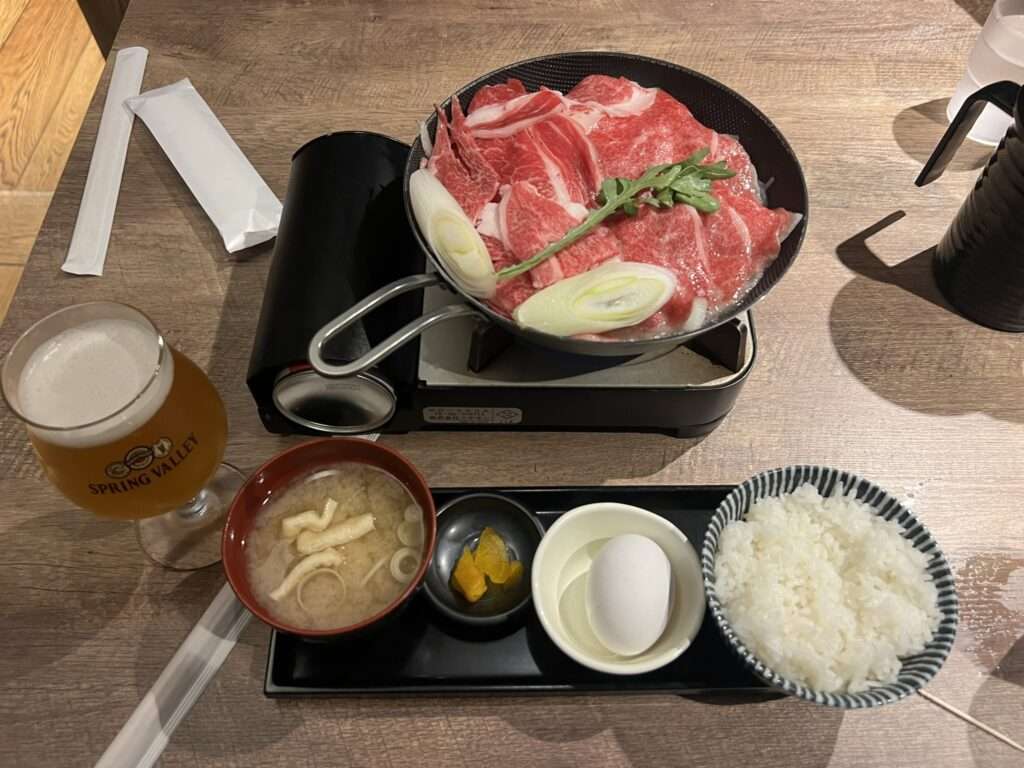
When determining what restaurants were serving we soon realized that chefs often specialize in one dish at their restaurant or offer a very limited menu. The Japanese chefs take dedication to their craft seriously, and strive to continually improve the dish that they are making. Since Tokyo is the melting pot of Japan, it is a place where you can find famous dishes from all over the country and also dishes that the city has uniquely contributed to the culinary scene. Over the course of our visit to Tokyo we ate so many delicious meals and rapidly expanded our understanding of Japanese food. A few of our favorite dishes are below:
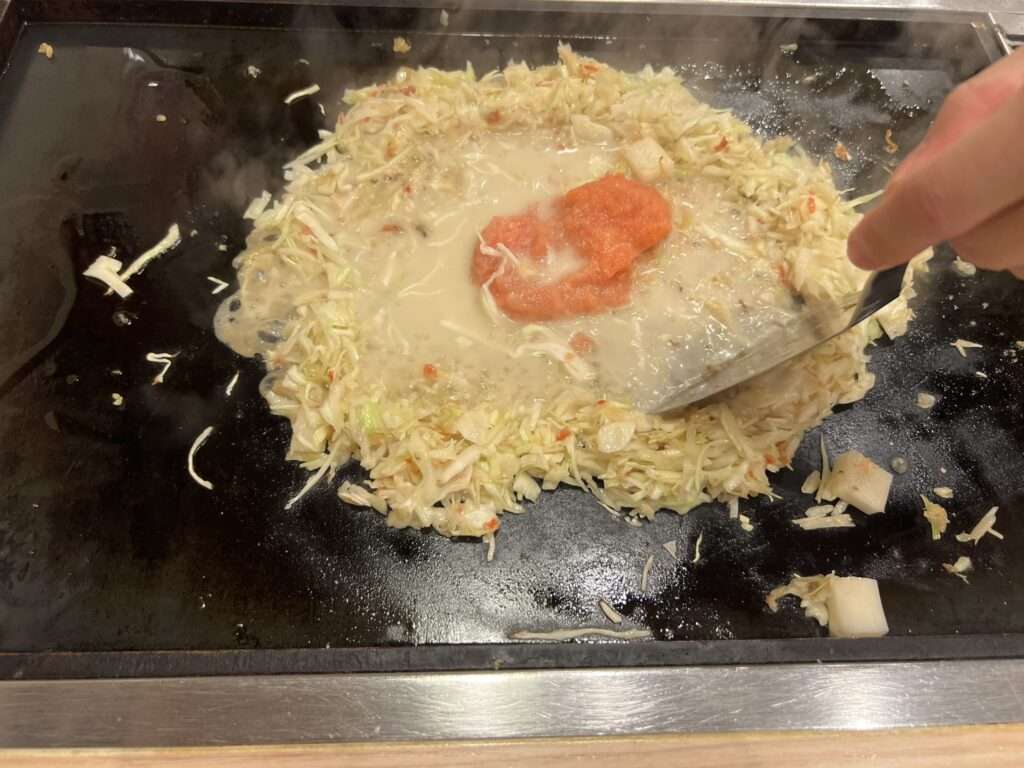
- Sukiyaki: thinly sliced beef and vegetables cooked in an iron pot with a delicious broth
- Yakitori: chicken skewers popular at izakayas (Japanese style pub restaurants)
- Hoppy: nearly non-alcoholic beer flavored drink mixed with shochu (Japanese spirit) especially popular on Hoppy Street in Asakusa
- Tan Tan Ramen: spicy, creamy, and delicious ramen noodle (soup) inspired by Sichuan cuisine
- Monjayaki: a savory Japanese pancake that you cook on a hot flat iron that is popular with roe (fish eggs) and has its own street of restaurants in Tsukishima
- Kobe Roast Beef Bowl: served with high quality Wagyu beef over rice and an egg on top, this was the specialty of a basement eatery in Akihabara
- Soba with Anago Tempera: fried eel delicacy served alongside delicious buckwheat flour noodles
- Maki and Nigiri: sushi rolls or sushi over rice found throughout Tokyo but is popular at Tsukiji Market where many sushi masters pick up their fresh product
- Shankonabe: a robust hot pot filled with vegetables and protein that is a must have dish for sumo wrestlers but delicious for visitors
- Edomae Omakase: Edo is the old name for Tokyo and this particular style of nigiri sushi was created there in the 1800s that is still popular today, especially in omakase (chef’s selection)
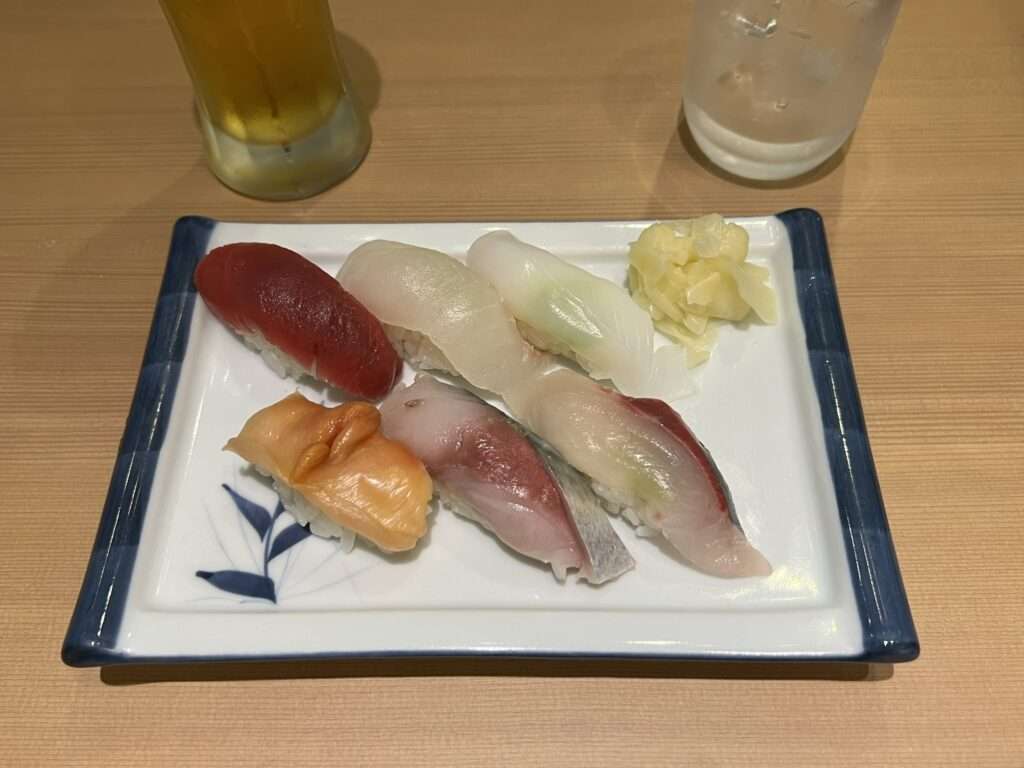
Travel Tip of the Week
Visit Many of Tokyo’s Special Wards to Experience the City’s Diversity
There are 23 special wards that make up the Tokyo metropolis which is a special designation given to these municipalities after World War 2. Even though they are referred to as cities, they are all still a part of the greater Tokyo city. One of the best ways to get to experience the different offerings of Tokyo is to spend some time in a few of the different special wards. During our visit we navigated between them on the train lines effortlessly but the hard part was trying to determine how much time to spend in each one. While we would have enjoyed spending additional time in each, and making it to a few more, it gives us reason to return in the future. Below is a summary of some of our favorite experiences in each of the different wards.
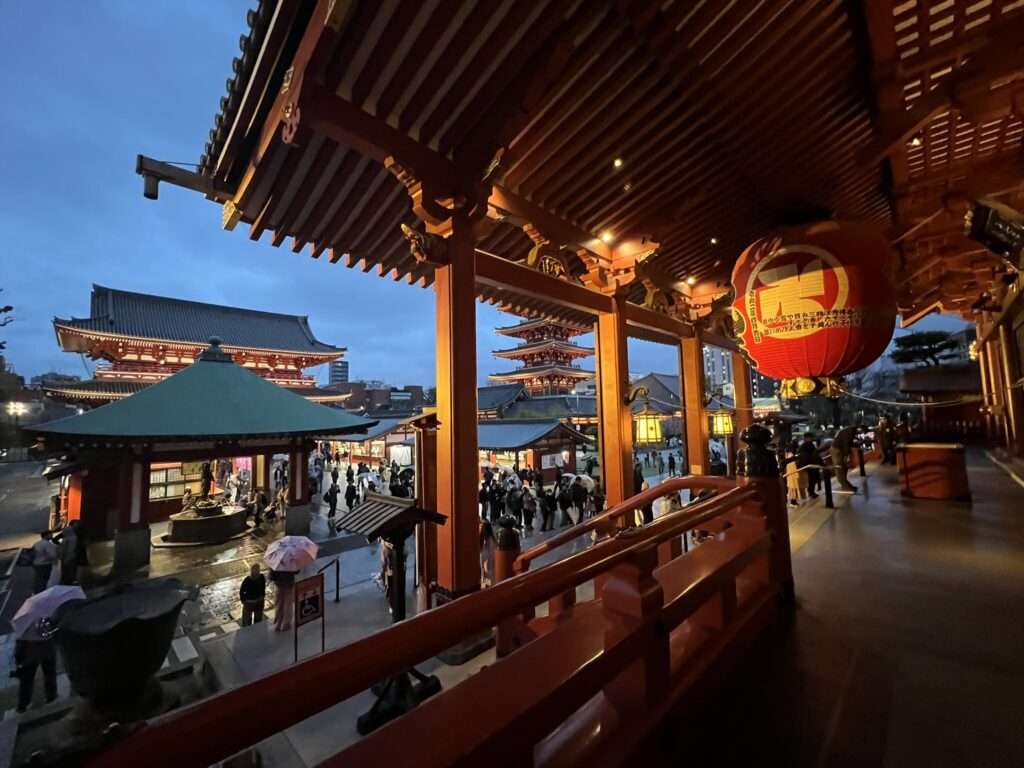
- Chiyoda City: We loved visiting the Akihabara neighborhood, famous for its electronics and otaku culture. It was great to walk around the Imperial Palace where Japan’s emperor lives and visit the Tokyo Station, one of Japan’s busiest stations, for great dining options.
- Taito City: The Ueno neighborhood was great especially for the Sakura in Ueno Park, the historical information at Tokyo National Museum, and great dining on the Ueno Shopping Street. Also, the Asakusa neighborhood was one of our favorites, giving us a glimpse into traditional Japanese culture, such as Tokyo’s oldest temple, Senso-Ji.
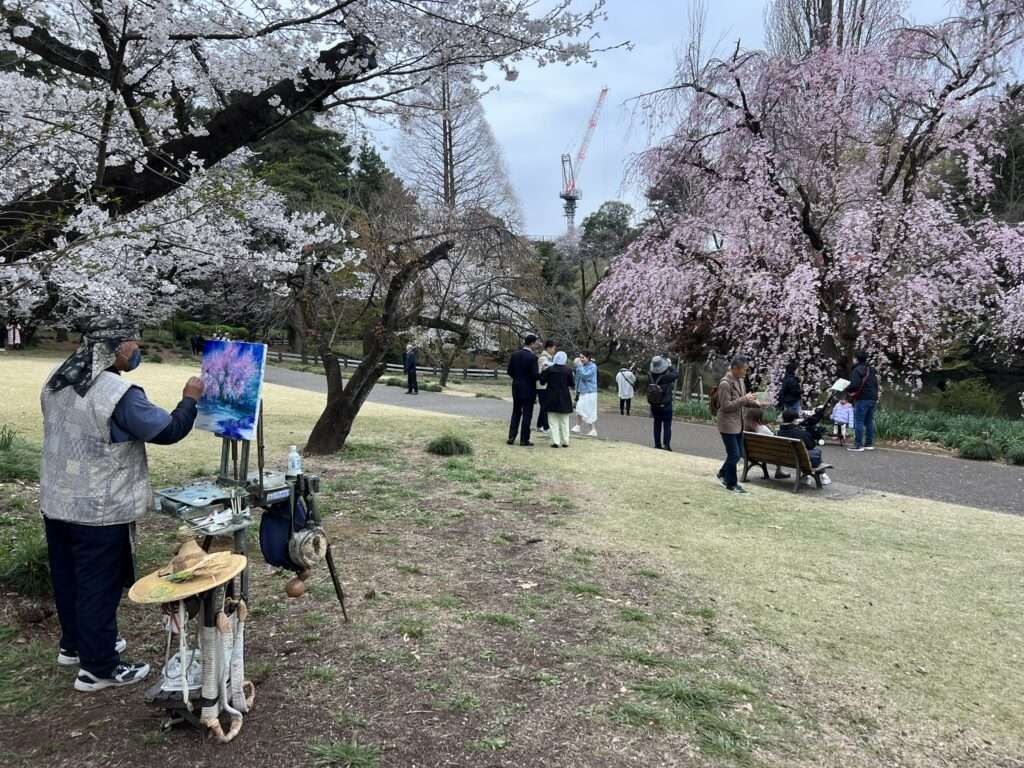
- Chuo City: Ginza neighborhood felt the most international but was still nice to walk through to see its upscale shopping and dining offerings. Our favorite parts of this area was eating sushi at the famous Tsukiji Fish Market and eating Monjayaki at Tsukishima Monja Street.
- Shinjuku City: While this area is known for its nightlife such as the Golden Gai area, we spent most of our time wandering the streets and admiring the iconic neon lights all throughout. The Tokyo Metropolitan Building had amazing free views of the city, and the Gyoen National Garden was incredible for the Sakura season.
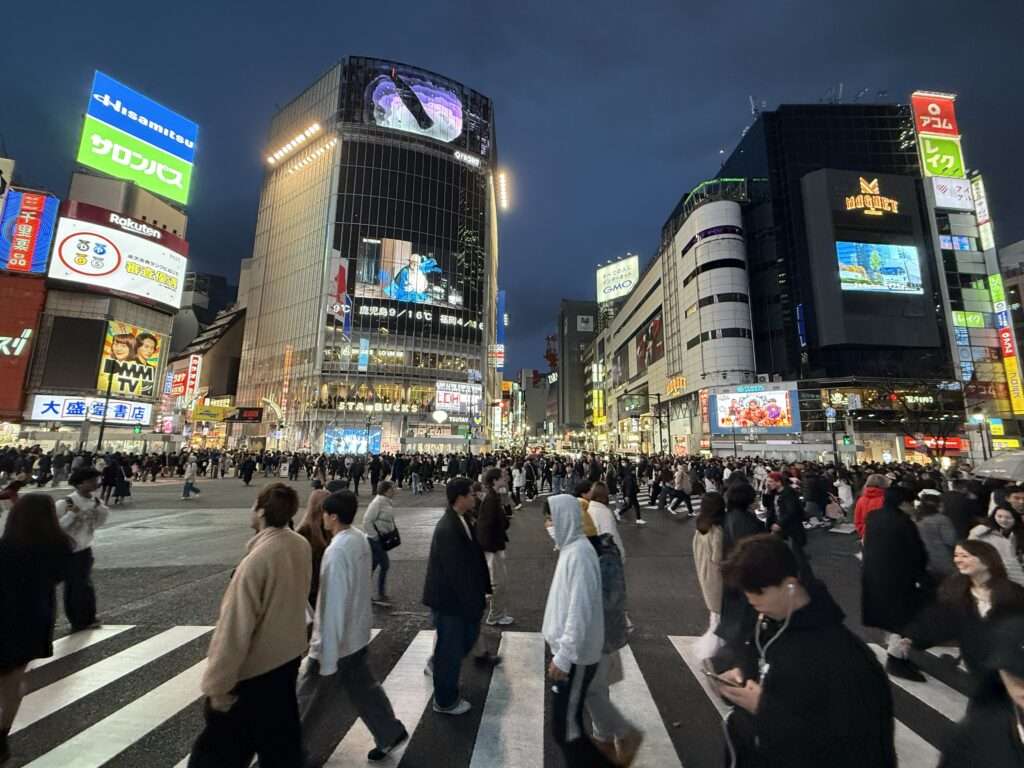
- Shibuya City: We had to partake in the famous Shibuya Scramble crossing, and even after a few times it was so fun. Takeshita Street was a truly unique experience to see Japan’s fashion influence and the Meiji Jingu Shinto shrine was a peaceful break from the urban area.
- Sumida City: Going to the top of Tokyo Skytree, the tallest structure in Japan, was a memorable way to take in the 360 degree views of the city. Even though the Ryogoku Kokugikan National Sumo Arena wasn’t hosting matches, the sumo experience at Yokozuna Tonkatsu was an informative and fun overview of sumo by two former professionals.
